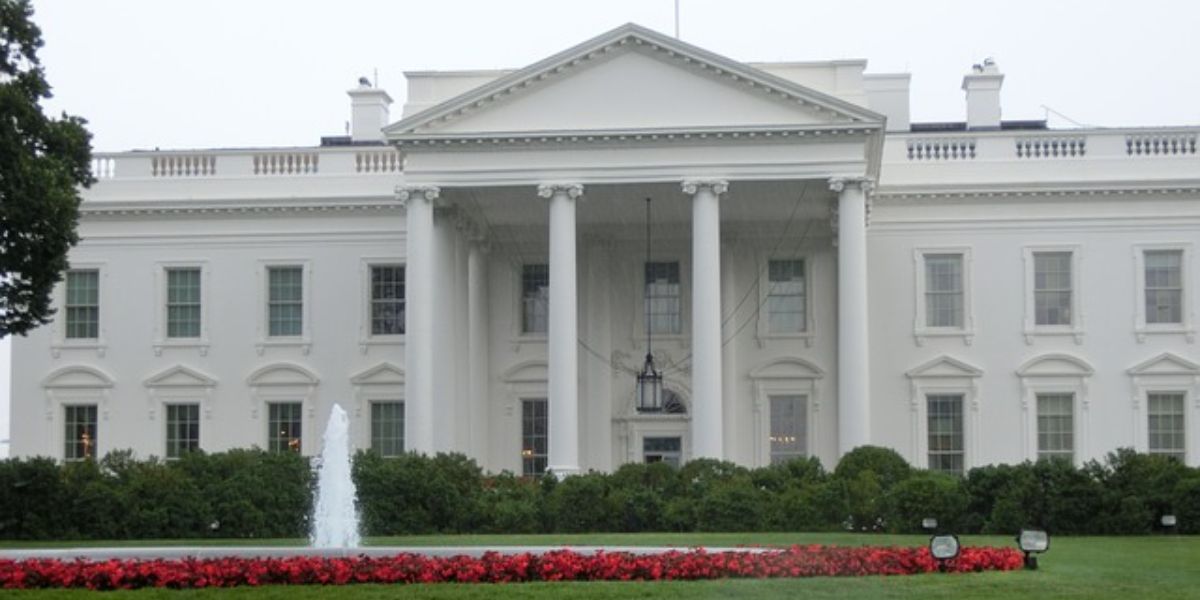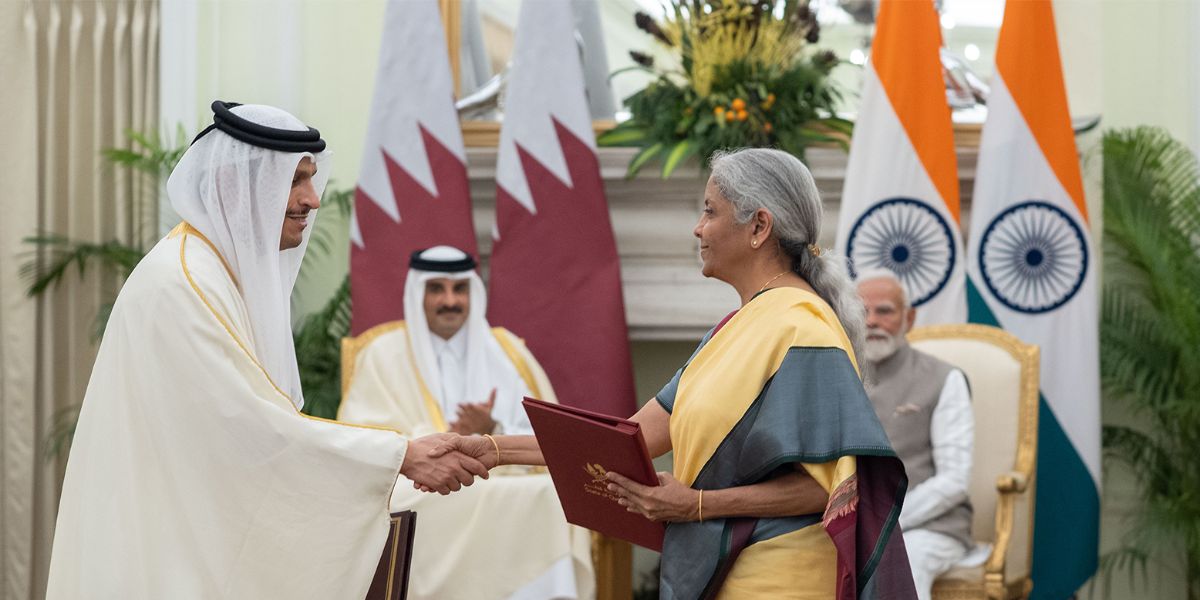India’s Central Board of Direct Taxes has issued Circular No. 01/2025 on 21 January 2025, clarifying the application of the Principal Purpose Test (PPT) provisions in tax treaties. The Circular confirms that PPT provisions, including those incorporated via bilateral agreements or the BEPS MLI, apply prospectively. For treaties amended bilaterally, PPT provisions take effect from the date of entry into force of the treaty or protocol, while for BEPS MLI-covered treaties, they apply from the MLI’s effective date for withholding and other taxes.
The Multilateral Convention to Implement Tax Treaty Related Provisions to Prevent Base Erosion and Profit Shifting (“MLI”) entered into force for India on 1 October 2019. The MLI modifies some of India’s Double Taxation Avoidance Agreements (DTAAs). A key provision of the MLI is the Principal Purpose Test (PPT), which seeks to curb revenue leakage by preventing treaty abuse. While the PPT is Included in most of India’s DTAAs through the MLI, it is part of some other DTAAs through bilateral processes.
The Multilateral Instrument (BEPS MLI) offers concrete solutions for governments to close loopholes in international tax treaties by transposing results from the BEPS Project into bilateral tax treaties worldwide. The BEPS MLI allows governments to implement agreed minimum standards to counter treaty abuse and to improve dispute resolution mechanisms while providing flexibility to accommodate specific tax treaty policies.
Exemption provisions under treaties with Cyprus, Mauritius, and Singapore are excluded from PPT application. The Circular emphasises that applying PPT provisions requires a context-specific, fact-based assessment. Tax authorities may refer to the BEPS Action 6 Final Report and relevant UN Model Tax Convention commentary for guidance, subject to India’s reservations.
















